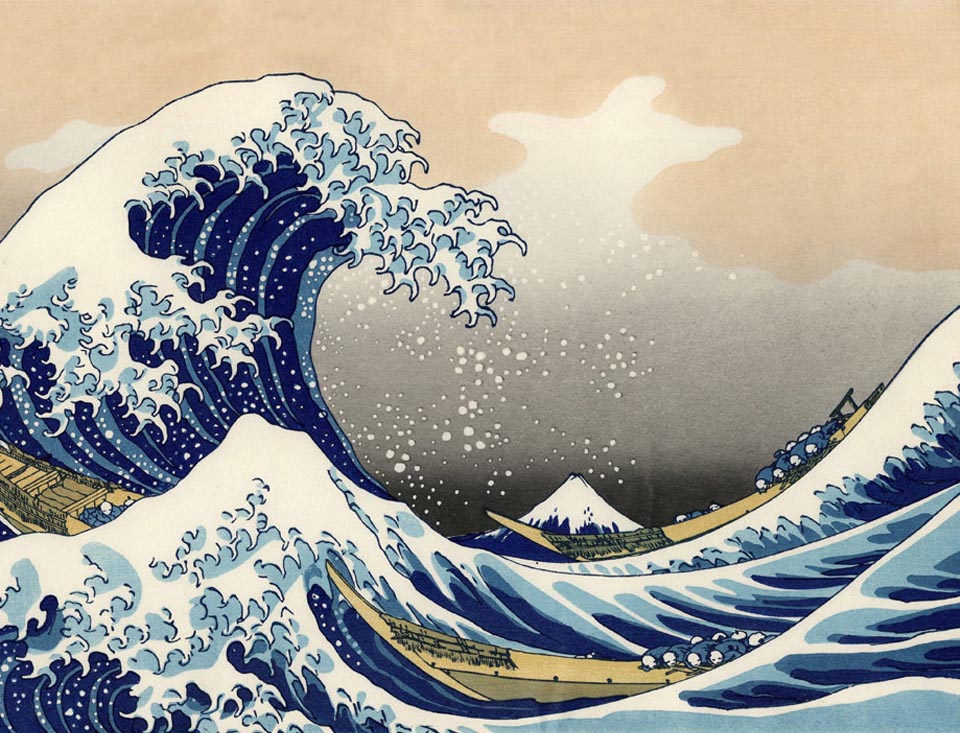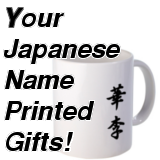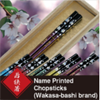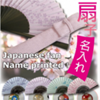From Wikipedia, the free encyclopedia
Japanese popular culture not only reflects the attitudes and concerns of the present but also provides a link to the past. Japanese cinema, cuisine, television programs, anime, manga, and music all developed from older artistic and literary traditions, and many of their themes and styles of presentation can be traced to traditional art forms. Contemporary forms of popular culture, much like the traditional forms, provide not only entertainment but also an escape for the contemporary Japanese from the problems of an industrial world. When asked how they spent their leisure time, 80 percent of a sample of men and women surveyed by the government in 1986 said they averaged about two and one-half hours per weekday watching television, listening to the radio, and reading Japanese newspapers or magazines. Some 16 percent spent an average of two and one-quarter hours a day engaged in hobbies or amusements. Others spent leisure time participating in sports, socializing, and personal study. Teenagers and retired people reported spending more time on all of these activities than did other groups.
In the late 1980s, the family was the focus of leisure activities, such as excursions to parks or shopping districts. Although Japan is often thought of as a hard-working society with little time for pleasure, the Japanese seek entertainment wherever they can. It is common to see Japanese commuters riding the train to work, enjoying their favorite manga or listening through earphones to the latest in popular music on portable music players.
A wide variety of types of popular entertainment are available. There is a large selection of music, films, and the products of a huge comic book industry, among other forms of entertainment, from which to choose. Game centers, bowling alleys, and karaoke parlors are well-known hangout places for teens while older people may play shogi or go in specialized parlors.
Kawaii
Kawaii is a Japanese term which means “cute” and “beautiful”. Cuteness seems to be a highly valued aesthetic quality in Japanese society and particularly Japanese pop culture, and overpowering cuteness seems to carry less of the stigma of infantilization as it does in many other cultures. Kawaii is pronounced Ka-wa-ee (not to be confused with kowai, Ko-wai, the Japanese term for “scary”). Kawaii can be used to describe animals and people, including fully grown adults; while attractive women are usually described as kawaii, young men are more likely to be described as kakkoii, Kak-ko-ee, which is “good looking” or “cool”. Kawaii is also used to describe some men who are considered to have “cute” personalities.
Mascots
Kawaii in Japan has been a growing trend for many Japanese markets; they have been used in school all the way to large enterprises. The use of cute childish figures representing a certain groups allows for those potentially frightened by them to have these playful mascots that represent them to create a sense of humanity between them. An example would be the Tokyo Metropolitan Police Department mascot known as Pipo-kun, which is an orange-skinned, elfin creature with rabbit ears that are made to listen to the people and an antenna to stay in tune with what is happening. The use of Kawaii in public relations has been a large factor for many and will continue to be used by those who want to have an optimistic view of them.
One type of mascot in Japan that are noted for their ‘Kawaii-ness’ are characters known as ‘yurukiyara’ (or the mascots that represent their respective prefectures). Each year Japan celebrates a new winner and this year’s current number one is Bari-san from Ehime prefecture. Despite this, however, his popularity pales in comparison to that of last year’s champion: Kumamon (the Mon Bear) of Kumamoto prefecture. Having pulled in over 2.5 billion yen in merchandise sales across the nation this past year, he is widely adored and can be found in almost any novelty shop in Japan.
Geinōkai
Geinōkai is the world of Japanese entertainment, encompassing everything from movies and television (including talk shows, music shows, variety shows, etc.) to radio and now the Internet. Geinōjin is a term, often used interchangeably with talent (transliterated as タレント, tarento), which refers to members of the Geinōkai. Talent refers to a rather large group of people who appear on television from night to night, but cannot be quite classified as actors, singers, or models, or comedians (and are thus given the more vague appellation of “talent” instead). Talents usually appear on variety shows or talk shows and may later move into acting or singing if they are successful.
Manga
The word Manga when translated directly means “whimsical drawings”. In many cases manga can be perceived as comics with unique looking characters that are usually placed in different situations of life. But they are not to be mistaken for Americanized styles comics where they depict heroes saving the day or as such, but they represent pieces of Japanese culture and history. They take parts of everyday life dealing with politics, religion, economy, family and gender, and integrate it as such into the world of manga to create their stories. Manga in itself has a long history dating back to 10th century, where depictions of animals were drawn as being part of the upper class, these scrolls would go on to be known as the Chōjū giga or “The Animal Scrolls”.
Scrolls found later on in the twelfth century would depict images of religion such as the Gaki Zoshi (Hungry Ghost Scrolls) and the Jigoku zoshi (Hell Scrolls). Both dealing with an aspect of religion, unlike “The Animal Scrolls” it provided a more instructive view instead of a comedic style.
Looking at manga from a more present perspective it can be understood that it is more than just simple drawings made for pleasure, although some are just that. It has become part of their culture and as such it has integrated every part of life into these illustrations. Originally manga began as part of the newspapers that everyone would buy every day, this would change during the Pacific War where manga in newspaper became restricted and as such manga would see a halt. After the war, during the 1950s they would see an incline in “picture card shows” which were storytelling with the use of pictures to engage the audience in the show, and the highly popular “rental manga” that would allow their readers to rent these illustrated books for a period of time.
Anime
Anime is a movie or episode of sorts which utilizes an animated cartoon art style to convey a story. Unlike Western cartoons, anime frequently tends to have more detailed character design. This can be used to allow for a better connection between the viewer and the character. Anime is based most of the time on animated comics or manga, manga is an ancient form of comic writing which dates all the way to the 12th century.
The world of animated films in Japanese popular culture has been a growing trend since the 1920s. Influenced by Walt Disney and his animated characters, Osamu Tezuka (1925–1989), also known as “manga no kamisama” (which means, “God of Comics”) would begin his forty year evolution of animation, or anime, that would change the content of Japanese comic books. With the creation of his first animated character Astroboy that was unlike any other animated character; he found the hearts of the Japanese public with a robotic boy who has spiky hair, eyes as big as fists, with rockets on his feet.
Through the decades in which anime has been created, there have been various types of genre which have been made. They include various types from mechs to sci-fi; all have their own meaning when being made and have a representation on Japanese society. Such as the anime film Howl’s Moving Castle (film) made in 2004, which entitled many anti-war themes within it and by doing so made it more influential on the Japanese community. The growth of anime over the decades has been very important culturally for Japan because anime allows for a common ground to be explored.
Anime have expanded in such a way in Japanese culture that they have been made into by products that sell toys, clothing lines, and even many have been turned into video games to allow for a broader market to be touched.
Fashion
Main article: Japanese street fashion
Film
Main article: Cinema of Japan
The most popular Japanese films is the giant monster films (Kaiju Eiga) of Godzilla, Gamera, and the Ultraman Series. These Kaiju films were extremely popular in the 1960’s and 1970’s as the Kaiju Boom of Japan.
The film studio that made the Godzilla films is Toho Company Limited.
Games
Main articles: Video gaming in Japan, Arcade game, and List of Japanese games
Music
Main articles: Music of Japan and J-pop
Television
Main article: Television in Japan












Trackback URL
Comment & Trackback
Comment feed
Comment